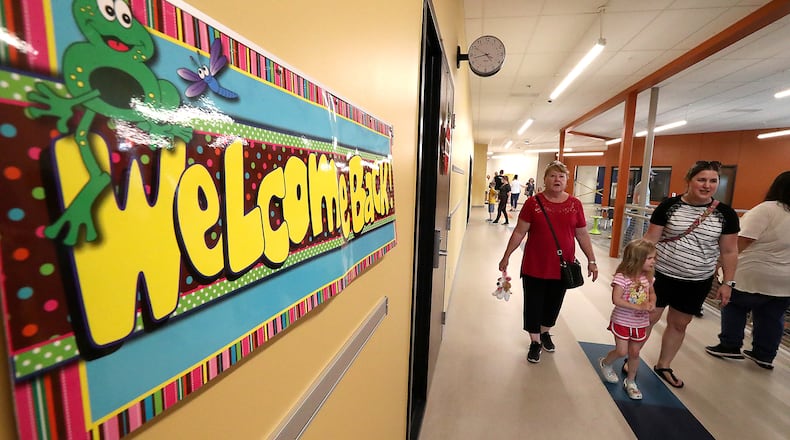The proposed substitute levy will combine two existing levies that would not raise taxes, according to the district. The substitute levy is a continuing 12.1-mill levy that would continue to generate $4.7 million for district operations, according to Superintendent Brian Kuhn.
This is the same amount the district now collects and would not increase funding, Kuhn said.
The levy combines two existing levies — one that generates $2.4 million annually and another that brings in about $2.2 million a year. Both levies were first passed in 2012 and 2014, respectively.
“This is the same levy that was placed on the ballot in November,” Kuhn said.
The levy would cost an owner of a $100,000 property $396 a year, according to Kuhn.
Kuhn said the levy pays for operating expenses for the district such as supplies, utilities, salaries, materials and programs.
“This substitute levy will not be a tax increase for our community members as this 12.1-mill levy replaces two existing operating levies and combines them into one single ballot issue,” he said. “The substitute levy will grow when new residential or commercial development takes place in Springfield Twp.”
Last November, voters rejected the operating substitute levy with 51.93%, or 1,104, of voters voting against and 48.07%, or 1,022 for it.
“The substitute levy is different from a typical operating levy because it allows the district to capture new revenue from future growth in our district from new residential or business development. That means that as new residents and companies move into the district and build, they’ll help fund the costs of educating kids in our community,” Kuhn said last year.
About the Author

